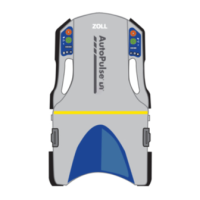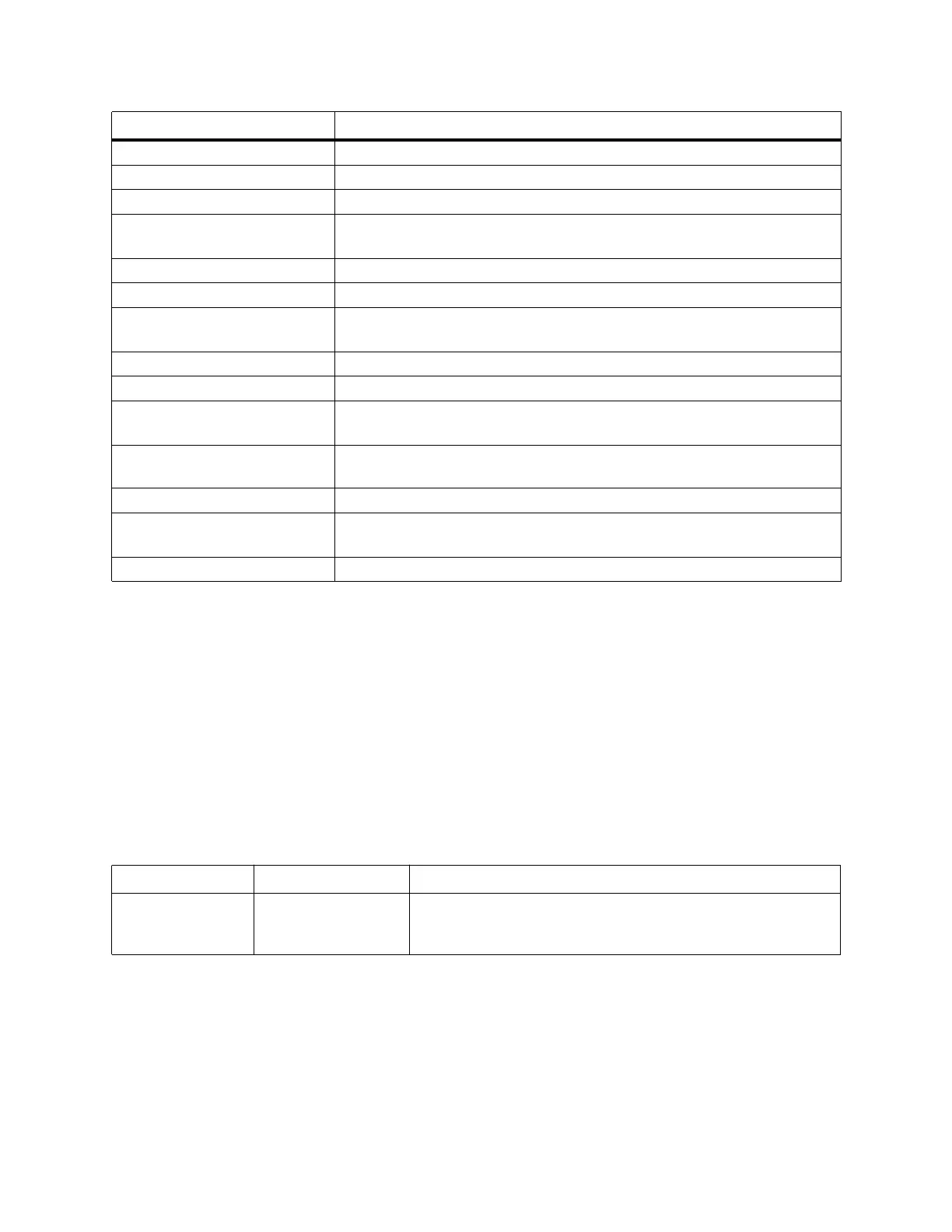Appendix C. Technical Specifications
70
www.zoll.com
Note. These requirements provide reasonable protection against harmful electromagnetic interference in a
typical medical installation. However, high level of radio-frequency emissions from electrical devices, such as
cellular phones, may disrupt the performance of this device. To mitigate disruptive electromagneticinterfer-
ence, position this device away from radio frequency transmitters and other sources of electromagnetic
energy.
Note. The battery charger is Class I type equipment with protective earthing/grounding.
Guidance and Manufacturer’s Declaration–Electromag-
netic Emissions
Operating temperature 0ºC (32ºF) to 40ºC (104ºF)
Storage temperature -20ºC (-4ºF) to 60ºC (140ºF)
Relative humidity 15% to 95%, non-condensing.
Atmospheric pressure
795 mmHg to 428 mmHg (106 kPa to 57 kPa); -1000 ft to 15,000 ft
(-305 m to 4572 m)
Enclosure protection Meets IP22 per IEC 60529
Electrostatic discharge Meets IEC 61000-4-2, – 18 KV Contact, +15 KV Air
RF electromagnetic fields
immunity
Meets IEC 61000-4-3, Level 3
EFT/burst Meets IEC 61000-4-4, Level 3
Surge immunity Meets IEC 61000-4-5, Level 3
Conducted RF disturbances
immunity
Meets IEC 61000-4-6, Class B
Dips, interruptions, and varia-
tions
Meets IEC 61000-4-11
Harmonics current emissions Meets IEC 61000-3-2, Class B
Radiated emissions
Meets CISPR 11/EN55011, Group 1, Class B
FCC part 15, Class A
Safety Meets IEC/EN60601-1
Emissions test Compliance Electromagnetic environment - guidance
RF Emissions
CISPR 11
Group 1
The platform and battery charger use RF energy for their inter-
nal function only. Therefore, its RF emissions are very low and
are not likely to cause any interference in nearby equipment.
Table C.6: Guidance and Manufacturer’s Declaration–Electromagnetic Emissions
Category Specifications
Table C.5: Battery Charger Physical and Environmental Specifications (Continued)

